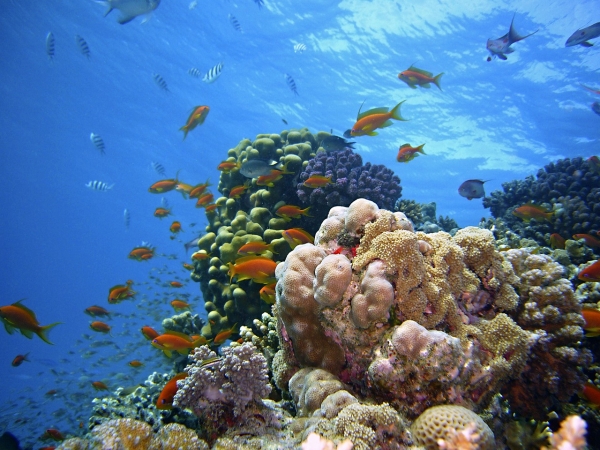Named for its ropy-looking long branches, Aplysina cauliformis, a coral reef sponge, provides a critical 3D habitat for marine organisms and helps to stabilize the foundation of coral reefs.
Named for its ropy-looking long branches, Aplysina cauliformis, a coral reef sponge, provides a critical 3D habitat for marine organisms and helps to stabilize the foundation of coral reefs. However, these upright branching sponges are highly susceptible to breaking during storms, which increases sponge fragmentation and contributes to population clonality and inbreeding.
Many sponges can survive severe damage and undergo frequent fragmentation, which is considered a mechanism for asexual reproduction. While fragmentation is a commonly utilized reproductive strategy in rope sponges, they also can reproduce sexually by producing larvae. How and whether they recolonize following extreme weather events is critical for the restoration and resilience of coral reef ecosystems.
Hurricanes Irma and Maria – both in 2017 – were two rapid succession storms that provided researchers from Florida Atlantic University’s Harriet L. Wilkes Honors College and Harbor Branch Oceanographic Institute , and collaborators from the University of the Virgin Islands, the University of Mississippi and the University of Alabama, with a unique opportunity to address a priority concern – the resilience of coral reef sponge populations after severe hurricanes.
Read more at Florida Atlantic University
Photo Credit: joakant via Pixabay




